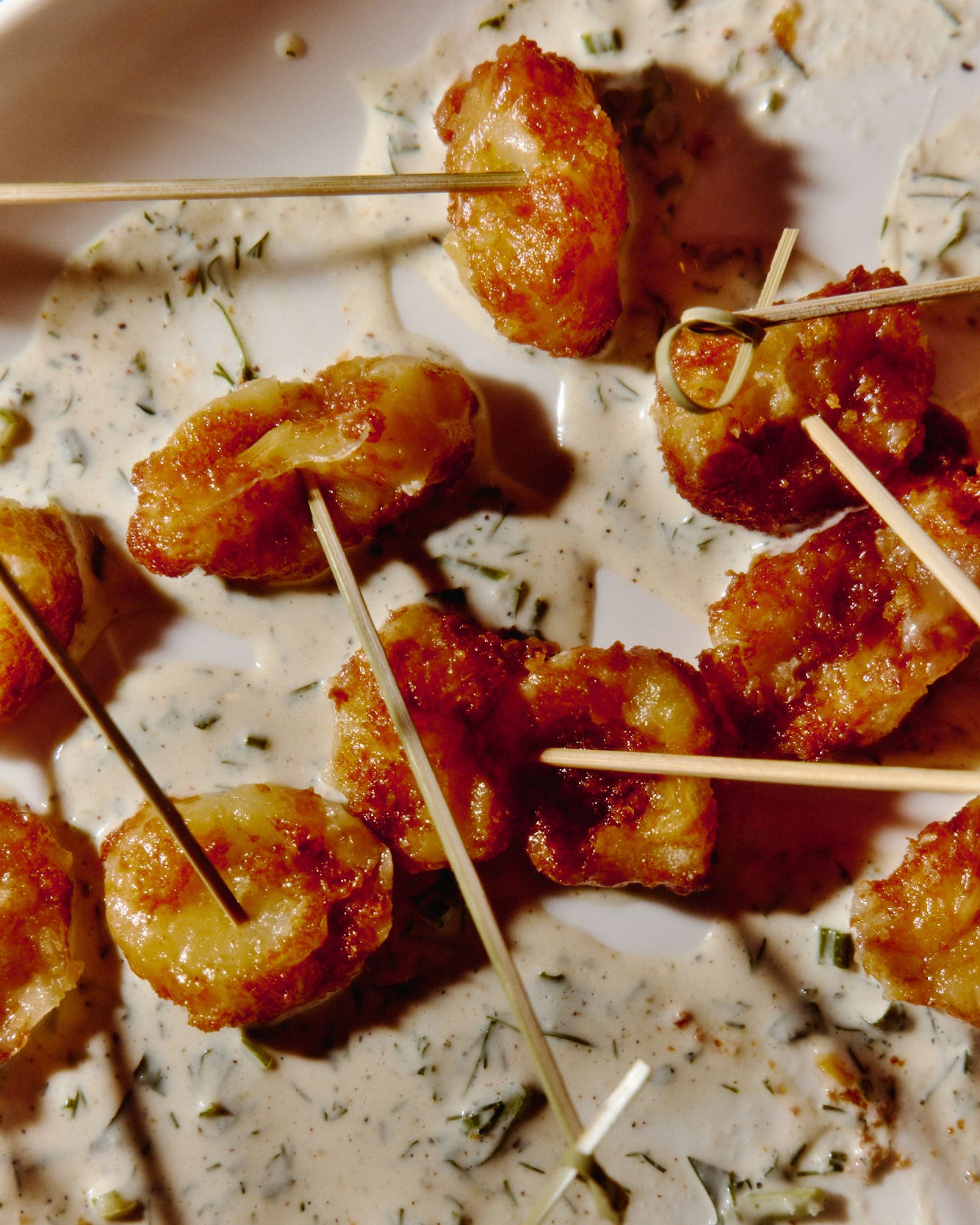
The Clay Way
For generations, the people of central Colombia have hand-shaped La Chamba pots from mica-rich clay and polished them with rocks from the Magdalena River. Both beautiful and strong, the pots impart an earthy flavor to Colombian dishes like ajiaco (chicken and potato stew).
Traditionally made from a mix of dense clay and fine pebbles, glazed cazuelas, or casseroles, come in many shapes and sizes and have long been central to the preparation of Spanish dishes such as the Basque specialty bacalao al pil pil (salt cod with olive oil, garlic, and red pepper).
In Morocco, conical, unglazed earthenware tagines are used to prepare a wide variety of spicy and sweet stews (also called tagines). The architecture of the vessels is no accident; their sloping lids collect rising steam and allow moisture to rain over the food as it cooks.
In colonial New England, Puritan wives buried earthenware bean pots in their burning fireplace embers after Saturday morning's meal had been cooked, thus ensuring that family members would be able to enjoy hot food on the Sabbath, which lasted from sunset on Saturday until sunset on Sunday, during which time cooking was forbidden.
Though invented by a German, the Romertopf roaster is modeled on an ancient Etruscan design. Today, Romertopfs are produced in Mexico with the same, proprietary mixture of clays as the European original; they range in size from large (perfect for a leg of lamb) to petite (ideal for roasting garlic).
The Chinese sand pot, or saw kuo, has been made in south-eastern China's Jiangxi Province for centuries and is believed to be among the world's oldest earthen cooking vessels. Named for its grainy-textured surface, it is glazed, except for the inner lid, which is left untreated to absorb steam during cooking.
Keep Reading
Continue to Next Story










